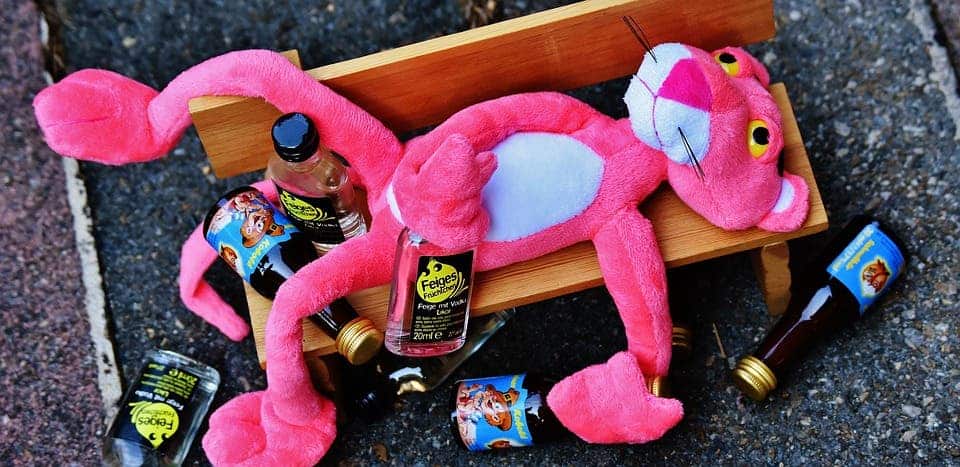A recent case study recounts the story of one man getting drunk from pizzas, sodas, and everything in between.

Perhaps the coolest sounding medical complication ever, auto-brewery syndrome (ABS) is a rarely-diagnosed condition where patients can get very drunk when eating carbohydrates (the much-bemoaned ‘carbs’). And, at least in the case of one 46-year-old patient, ABS can cause some social tensions when nobody believes you haven’t been drinking when a plate of pasta leaves you staggering.
Involuntarily inebriated
The case study looks at a patient that had completed a course of antibiotics for a thumb injury in 2011. One week after the treatment, he reported to the doctor’s office citing uncharacteristic personality changes such as depression, ‘brain fog’, aggressive behavior, and memory loss.
He was at one point referred to a psychiatrist and given antidepressants. However, the nature of his condition wasn’t fully understood until he was pulled over by police one morning in an apparent case of drunk driving. At the time, he refused to take a breathalyzer test, as he knew for a fact that he didn’t drink any alcohol. The officer had him hospitalized for a blood test. This showed the patient had a blood-alcohol level of 200 mg/dL, equivalent to having drunk approximately 10 pints of beer, and enough to cause confusion, disorientation, impaired balance, and slurred speech.
“The hospital personnel and police refused to believe him when he repeatedly denied alcohol ingestion,” researchers from Richmond University Medical Centre note in their case report.
Subsequent medical tests found Saccharomyces cerevisiae (brewer’s yeast) and a related fungus in the patient’s stool. S. cervisiae is used in brewing as it breaks down sugars in plants into alcohol. While he was successfully treated, later flare-ups of the same condition — with the most serious incident involving a fall while inebriated that caused intracranial bleeding — led to him being diagnosed with ABS.
The researchers note that while recovering in the hospital, the patient’s blood alcohol spiked as high as 400 mg/dL. Still, “medical staff refused to believe that he did not drink alcohol despite his persistent denials”. Ultimately, the patient received treatment conducted in collaboration with the Richmond University specialists; the team used a cocktail of anti-fungal therapies supported by probiotics to reset his gut microflora. With the exception of one relapse when the patient sneakily enjoyed some pizza and soda without telling his doctors, the fungal infection has been successfully treated, the team explains.
“Approximately 1.5 years later, he remains asymptomatic and has resumed his previous lifestyle, including eating a normal diet while still checking his breath alcohol levels sporadically,” the researchers explain.
It’s a happy ending for the patient, who looks to be finally free not only of his unasked-for drunkenness (and resultant health problems) but also of the cloud of disbelief it invited in those around him.
“For years, no one believed him,” says Fahad Malik, a chief medical resident at the University of Alabama at Birmingham and the lead author of the case study. “The police, doctors, nurses and even his family told him he wasn’t telling the truth, that he must be a closet-drinker.”
“We believe that our patient’s symptoms were triggered by exposure to antibiotics, which resulted in a change in his gastrointestinal microbiome allowing fungal overgrowth,” the authors explain, noting that we are only starting to recognise the complexity of this rare and probably under-diagnosed condition.
The paper “Case report and literature review of auto-brewery syndrome: probably an underdiagnosed medical condition” has been published in the journal BMJ Open Gastroenterology.









